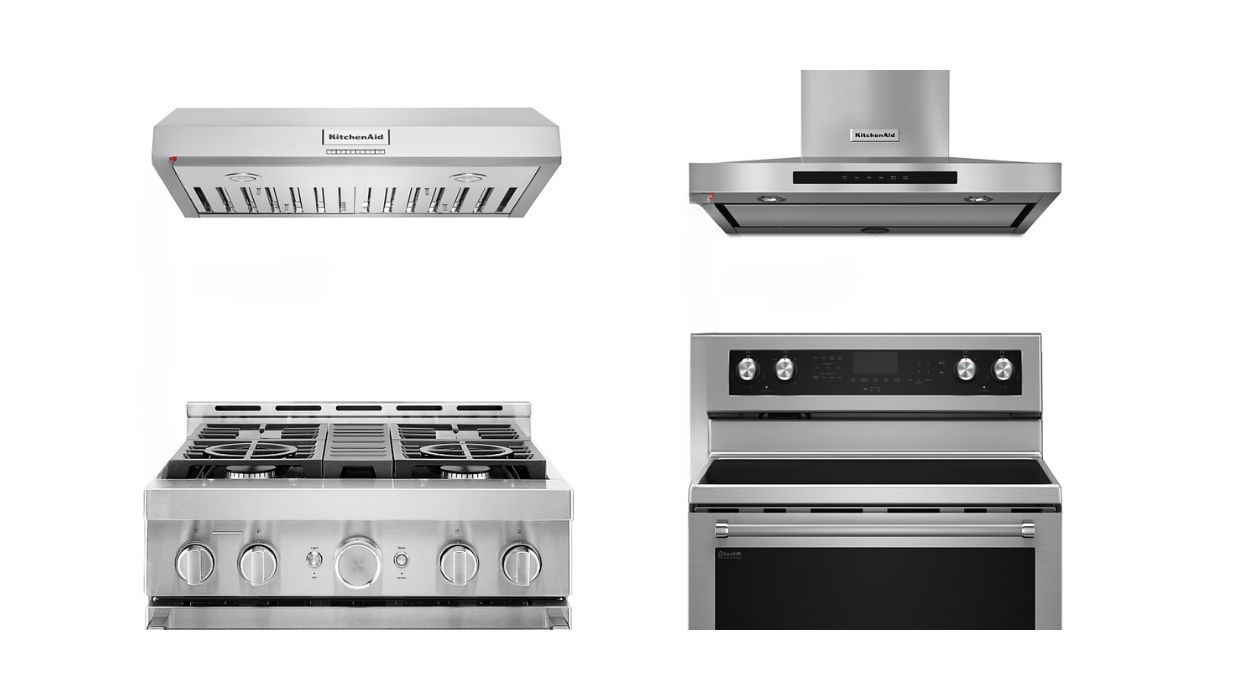

Articles
How High Should Range Hood Be Above Stove
Modified: February 29, 2024
Discover the ideal height for your range hood above the stove in this informative article. Find expert advice and tips to optimize your kitchen ventilation.
(Many of the links in this article redirect to a specific reviewed product. Your purchase of these products through affiliate links helps to generate commission for Storables.com, at no extra cost. Learn more)
Introduction
When it comes to designing and equipping a functional kitchen, choosing the right appliances is essential. One critical component that often gets overlooked is the range hood. While many people focus on the style and features of the range itself, the range hood plays a crucial role in maintaining a clean and healthy kitchen environment.
The range hood, also known as an exhaust hood or vent hood, is designed to remove smoke, grease, odors, and other airborne pollutants that are generated during cooking. It helps to improve indoor air quality, prevent the buildup of moisture and condensation, and minimize the risk of fire hazards. However, for the range hood to work effectively, it must be installed at the proper height above the stove.
In this article, we will delve into the importance of proper range hood placement, explore the factors to consider when determining the height, and provide recommendations for the optimal distance between the range hood and stove.
Key Takeaways:
- Proper range hood placement is crucial for maintaining a clean and healthy kitchen. Consider factors like cooking habits and stove type to determine the optimal height, typically between 24 to 30 inches above the cooking surface.
- Avoid common mistakes when installing a range hood, such as placing it too low or neglecting to clean it regularly. Following manufacturer’s instructions and local building codes ensures optimal ventilation and a safe kitchen environment.
Read more: How Far Above Cooktop Should Hood Be
Importance of Proper Range Hood Placement
The placement of a range hood is crucial for its functionality and efficiency. Here are a few reasons why proper range hood placement is essential:
- Smoke and Odor Removal: By installing the range hood at the correct height, it ensures that the smoke, steam, and odors produced during cooking are effectively captured and expelled out of the kitchen. This prevents them from spreading throughout the house, keeping the air clean and fresh.
- Grease and Grime Control: Cooking can generate grease particles that can settle on surfaces, including countertops and cabinets. A well-placed range hood can help minimize the accumulation of grease and grime, making kitchen cleaning much easier and reducing the risk of fire hazards.
- Air Quality Improvement: The range hood plays a vital role in maintaining good indoor air quality by removing harmful pollutants such as carbon monoxide, volatile organic compounds (VOCs), and cooking fumes. These pollutants can have adverse health effects when inhaled over extended periods.
- Preventing Moisture and Condensation: Cooking activities generate steam and moisture, which can contribute to the buildup of condensation on windows, walls, and cabinets. A properly positioned range hood helps to eliminate excess moisture, preventing the growth of mold and mildew and maintaining a healthy kitchen environment.
By ensuring that the range hood is placed correctly, you can enjoy a cleaner and healthier kitchen while also extending the lifespan of your appliances and reducing maintenance efforts.
Factors to Consider
Several factors should be taken into account when determining the height at which to install your range hood. These factors include:
- Cooking Habits: Consider your cooking style and the types of dishes you usually prepare. If you frequently cook with high heat or use large pots and pans, you may need a higher range hood to effectively capture the smoke and steam.
- Ceiling Height: The height of your kitchen ceiling is an important consideration. For ceilings that are higher than the standard 8 to 9 feet, you will need to adjust the range hood height accordingly to ensure optimal ventilation.
- Stove Type: The type of stove or cooktop you have can also influence the range hood placement. Gas stoves tend to produce more smoke and require a higher hood placement compared to electric stoves.
- Cabinet Clearance: Check the clearance between the stove and any adjacent cabinetry. The range hood should be positioned high enough to provide sufficient clearance and prevent any obstruction or damage to the cabinets.
- Manufacturer’s Guidelines: Always refer to the manufacturer’s guidelines and recommendations for your specific range hood model. They will provide specific instructions on the optimal height for installation.
- Local Building Codes: It’s important to be aware of any local building codes or regulations regarding range hood installation. These codes may dictate certain height requirements or other specifications that must be adhered to.
Taking all of these factors into consideration will help you determine the proper height for your range hood and ensure optimal performance and efficiency.
Recommended Height Above Stove
The recommended height for installing a range hood above the stove depends on various factors, including the type of range hood, the size of the stove, and personal preferences. However, a general guideline is to position the bottom of the hood between 24 to 30 inches above the cooking surface.
This height range strikes a balance between effectively capturing the smoke and steam generated during cooking and avoiding any potential obstruction or interference with your cooking activities. It provides sufficient clearance for most cooking tasks while ensuring efficient ventilation.
Keep in mind that the specific height within this range may be adjusted based on the factors discussed earlier, such as your cooking habits and the type of stove you have. For example, if you frequently cook with high heat or use large pots and pans, you may opt for a higher range hood placement to better capture the smoke and steam.
It’s worth noting that if you have a gas stove, it’s generally recommended to install the range hood higher than the minimum specified height. This helps to account for the additional heat and smoke generated by gas burners and ensures effective ventilation.
When determining the precise height for your range hood installation, it’s always a good idea to consult the manufacturer’s guidelines and recommendations for your specific model. They may provide specific instructions or height ranges that are optimal for your range hood’s performance.
Finally, it’s essential to consider your own comfort and convenience. Ensure that the height of the range hood allows you to easily access and use your stove without any restrictions or discomfort. A range hood positioned at the recommended height will not only enhance your cooking experience but also contribute to a cleaner and healthier kitchen environment.
The range hood should be installed 24-30 inches above the stove for optimal performance. This distance allows the hood to effectively capture and remove cooking fumes and grease.
Variable Height for Different Types of Range Hoods
The recommended height for installing a range hood can vary depending on the type of range hood you have. Different types of range hoods have distinct airflow capacities and design features, which can influence their optimal placement. Here are some common types of range hoods and their corresponding height recommendations:
- Under-Cabinet Range Hoods: These range hoods are mounted beneath the cabinetry above the stove. The recommended height for under-cabinet range hoods is typically between 18 to 24 inches above the cooking surface. This range allows for effective capture of smoke and steam while maintaining a sleek and unobtrusive design.
- Wall-Mount Range Hoods: As the name suggests, wall-mount range hoods are installed directly onto the wall. The ideal height for wall-mount range hoods is typically between 24 to 30 inches above the cooking surface. This height range ensures efficient smoke and odor removal and provides optimal coverage for ventilating the cooking area.
- Island Range Hoods: Island range hoods are installed over cooking surfaces located in kitchen islands. Due to the open space surrounding island cooktops, these range hoods require a higher placement. The recommended height for island range hoods is typically between 30 to 36 inches above the cooking surface. This height allows for effective smoke extraction in an open kitchen layout.
- Downdraft Range Hoods: Downdraft range hoods are unique as they are designed to pull smoke and odors downward rather than upward like other range hoods. These hoods are often installed behind or beside the cooktop. The recommended height for downdraft range hoods is typically the same height as the cooking surface. This close proximity ensures efficient capture and extraction of smoke and odors.
It’s important to note that these recommended height ranges are general guidelines and can vary depending on factors such as the specific model, size, and airflow capacity of the range hood. Always refer to the manufacturer’s instructions and specifications for the recommended height range for your specific range hood model.
Additionally, consider any additional factors specific to your kitchen layout and cooking habits to determine the most suitable placement for your range hood. Consulting with a professional or following local building codes and regulations can also ensure that your range hood is installed safely and optimally.
By choosing the right height for your range hood based on its type, you can ensure efficient ventilation and a functional and aesthetically pleasing kitchen space.
Read more: How High Should TV Be Above Fireplace
Common Mistakes to Avoid
When it comes to installing a range hood, there are several common mistakes that people often make. Avoiding these mistakes will help ensure that your range hood functions optimally and provides effective ventilation. Here are some common mistakes to avoid:
- Installing the Range Hood Too Low: One of the most common mistakes is installing the range hood too close to the cooking surface. This can inhibit the hood’s ability to capture smoke, steam, and odors effectively. Make sure to follow the recommended height guidelines and adjust accordingly based on your specific cooking needs.
- Not Providing Sufficient Clearance: It’s important to provide adequate clearance around the range hood to ensure proper airflow. Avoid installing the hood too close to cabinets, walls, or any other obstructions that can impede the airflow. Providing sufficient clearance promotes better ventilation and prevents the hood from becoming a safety hazard.
- Neglecting to Clean the Range Hood Regularly: A neglected range hood can accumulate grease, dirt, and debris over time, reducing its efficiency and effectiveness. Regularly clean the range hood filters, grease traps, and other components as recommended by the manufacturer. This will ensure optimal performance and prevent any potential fire hazards.
- Ignoring the Manufacturer’s Instructions: Each range hood model comes with specific installation instructions and recommendations from the manufacturer. Ignoring these instructions can lead to improper installation or suboptimal performance. Take the time to carefully read and follow the manufacturer’s guidelines to ensure your range hood is installed correctly.
- Failing to Consider Local Building Codes: Different regions may have specific building codes or regulations regarding range hood installation. It’s important to research and adhere to these codes to ensure compliant and safe installation. This can include guidelines on height requirements, ventilation requirements, and electrical connections.
- Not Using the Range Hood When Cooking: Many people underestimate the importance of using the range hood during every cooking session. Even if you’re not producing visible smoke or odors, using the range hood helps to remove potentially harmful pollutants and maintain good indoor air quality. Make it a habit to switch on the range hood whenever you cook, regardless of the intensity of the cooking activity.
By avoiding these common mistakes, you can ensure that your range hood operates efficiently, provides optimal ventilation, and contributes to a clean and healthy kitchen environment.
Conclusion
Proper range hood placement is essential for maintaining a clean, healthy, and functional kitchen. By installing the range hood at the correct height above the stove, you can effectively capture smoke, steam, odors, and other airborne pollutants, ensuring optimal ventilation and improving indoor air quality.
When determining the height for your range hood, consider factors such as your cooking habits, ceiling height, stove type, and manufacturer’s guidelines. The recommended height range is typically between 24 to 30 inches above the cooking surface, but it may vary based on these factors.
Additionally, different types of range hoods, such as under-cabinet, wall-mount, island, and downdraft hoods, may have specific height recommendations. Be sure to follow the manufacturer’s instructions for your particular range hood model and consider any specific requirements in your kitchen layout.
Avoid common mistakes, such as installing the range hood too low, neglecting to clean it regularly, and ignoring local building codes. By taking these precautions, you can maximize the effectiveness and efficiency of your range hood, making your cooking experience more enjoyable while maintaining a clean and healthy kitchen environment.
Remember, the range hood plays a vital role in removing smoke, steam, grease, and pollutants, making it an essential component of any kitchen. By giving careful consideration to its placement, you can ensure optimal performance and reap the benefits of a well-ventilated and odor-free cooking space.
Frequently Asked Questions about How High Should Range Hood Be Above Stove
Was this page helpful?
At Storables.com, we guarantee accurate and reliable information. Our content, validated by Expert Board Contributors, is crafted following stringent Editorial Policies. We're committed to providing you with well-researched, expert-backed insights for all your informational needs.
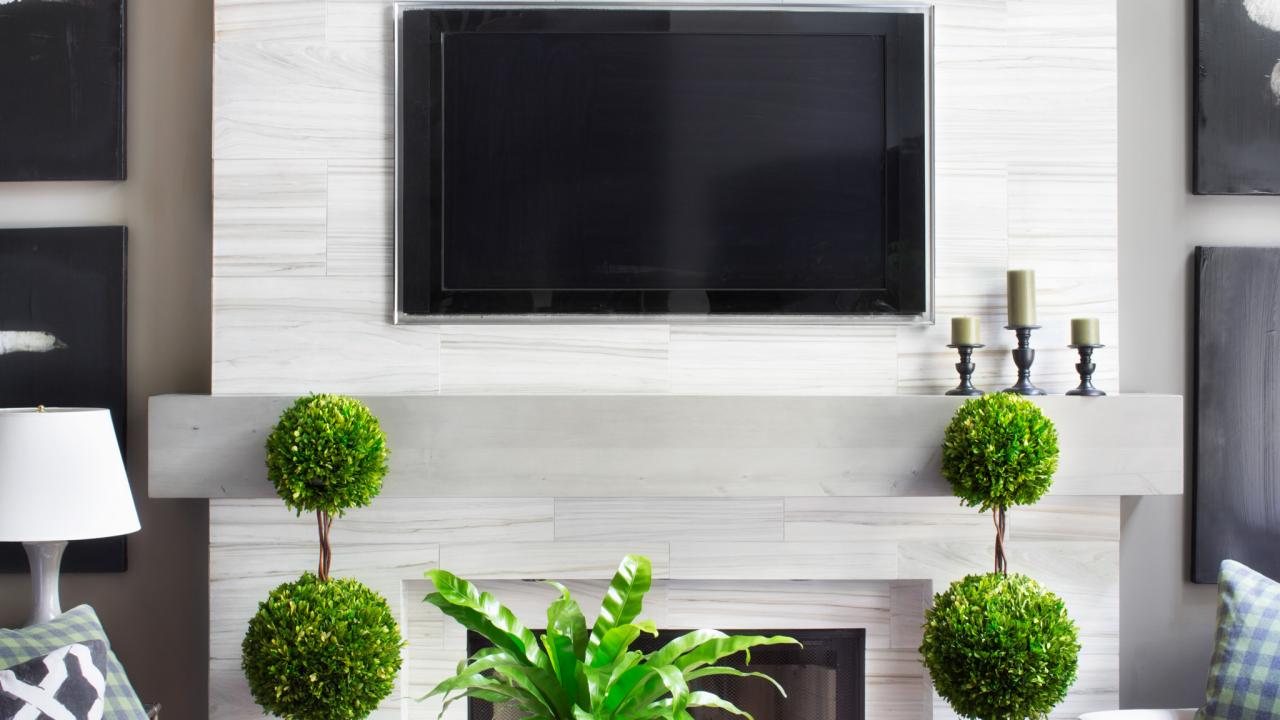
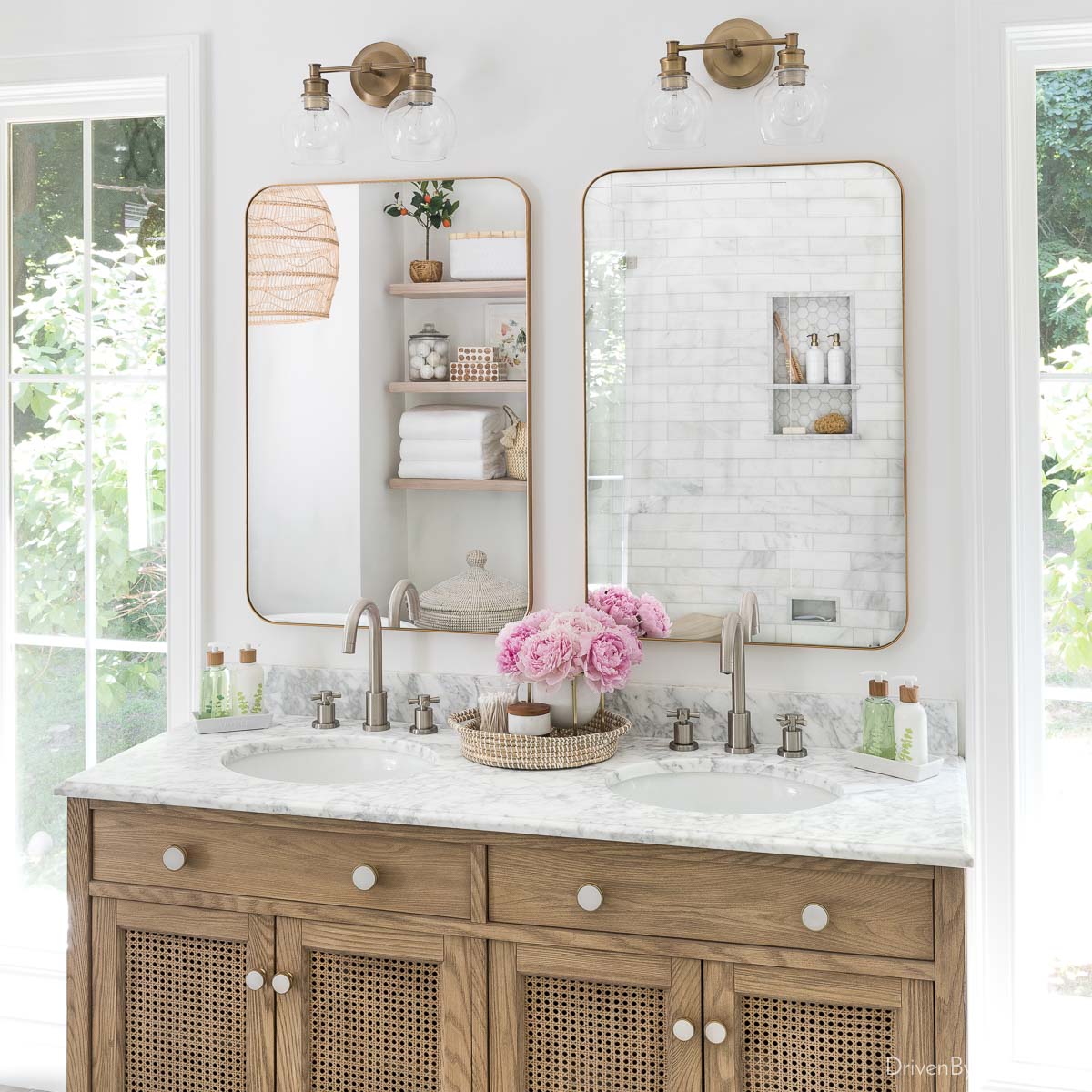
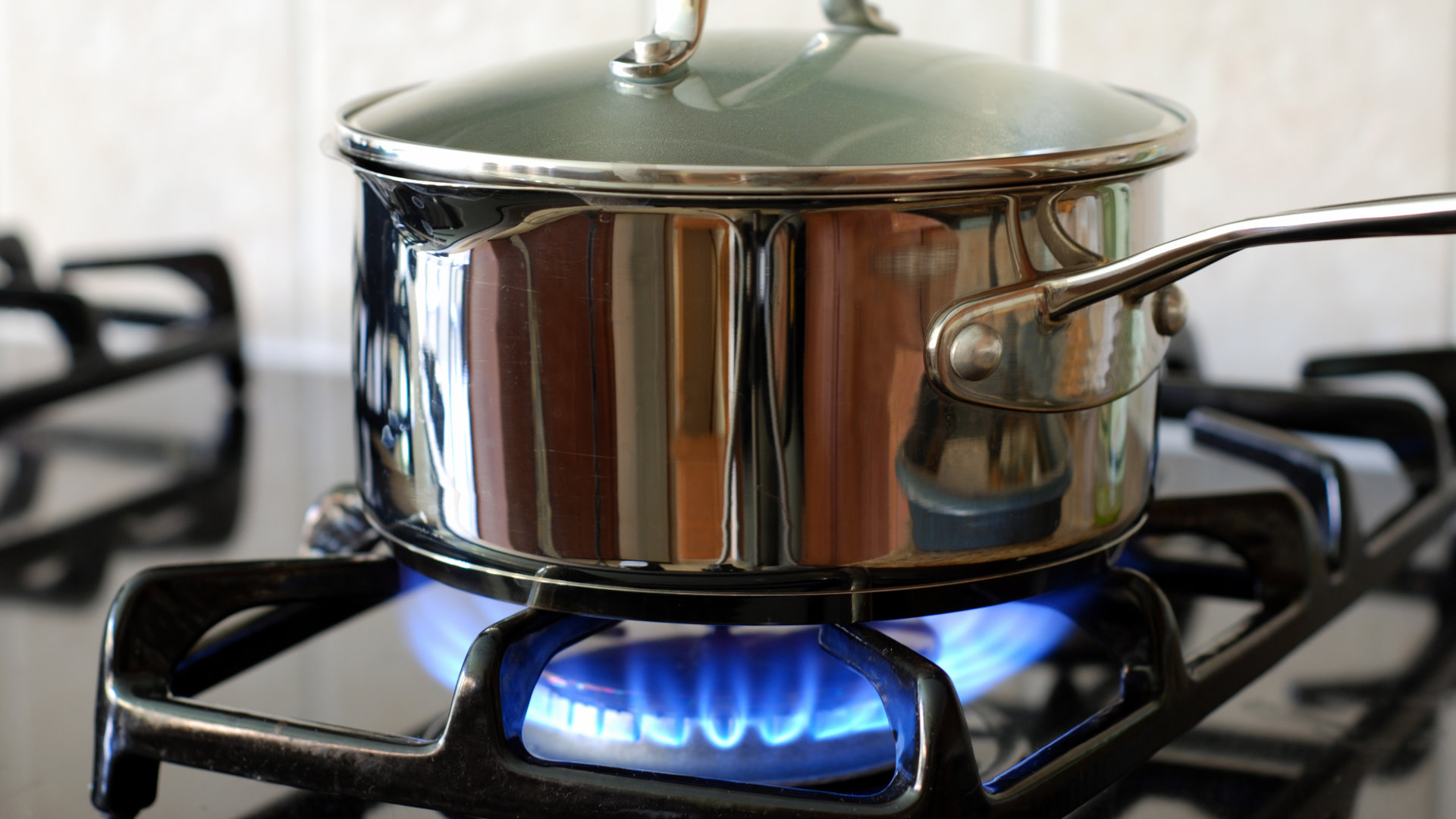
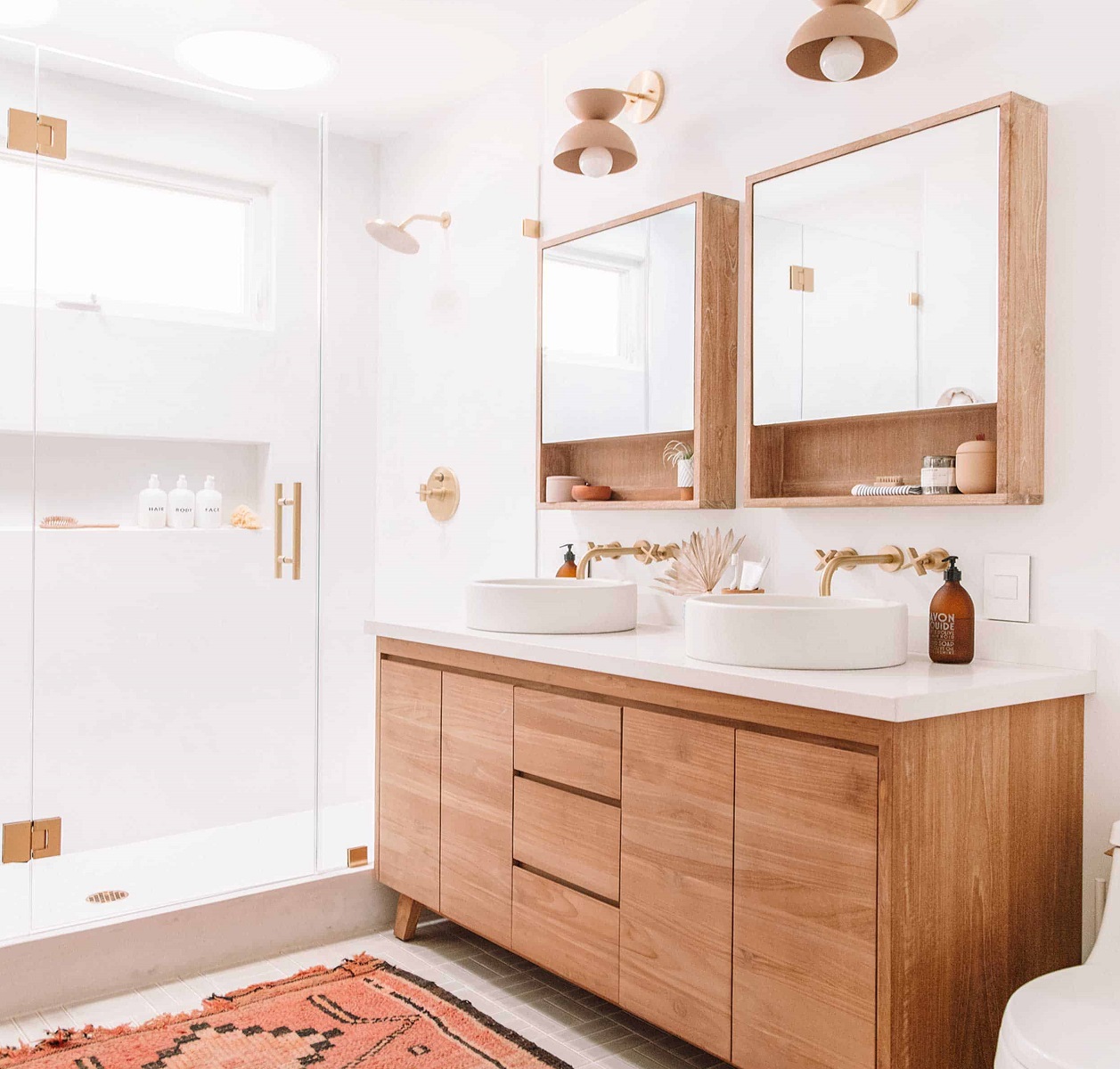
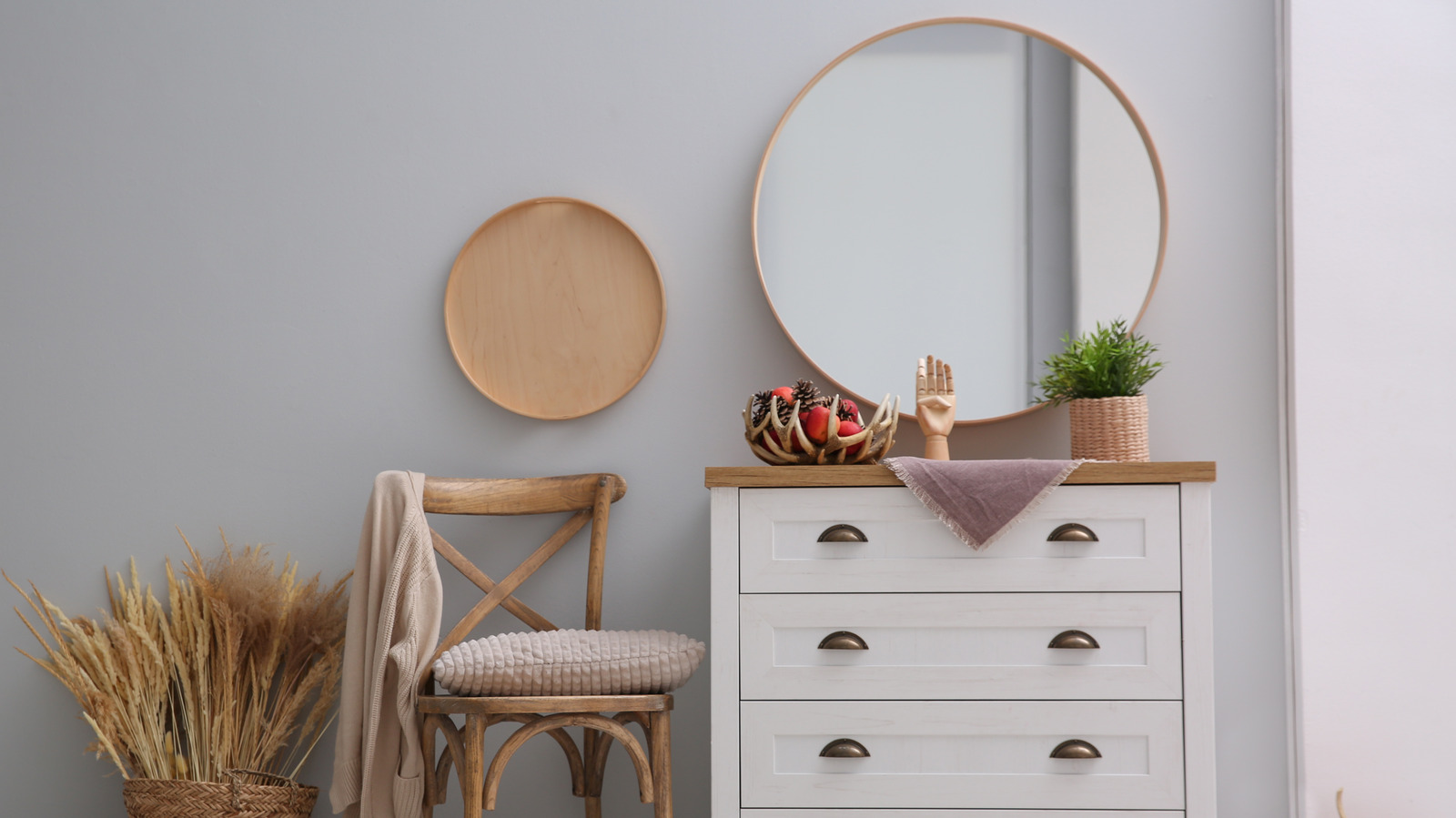
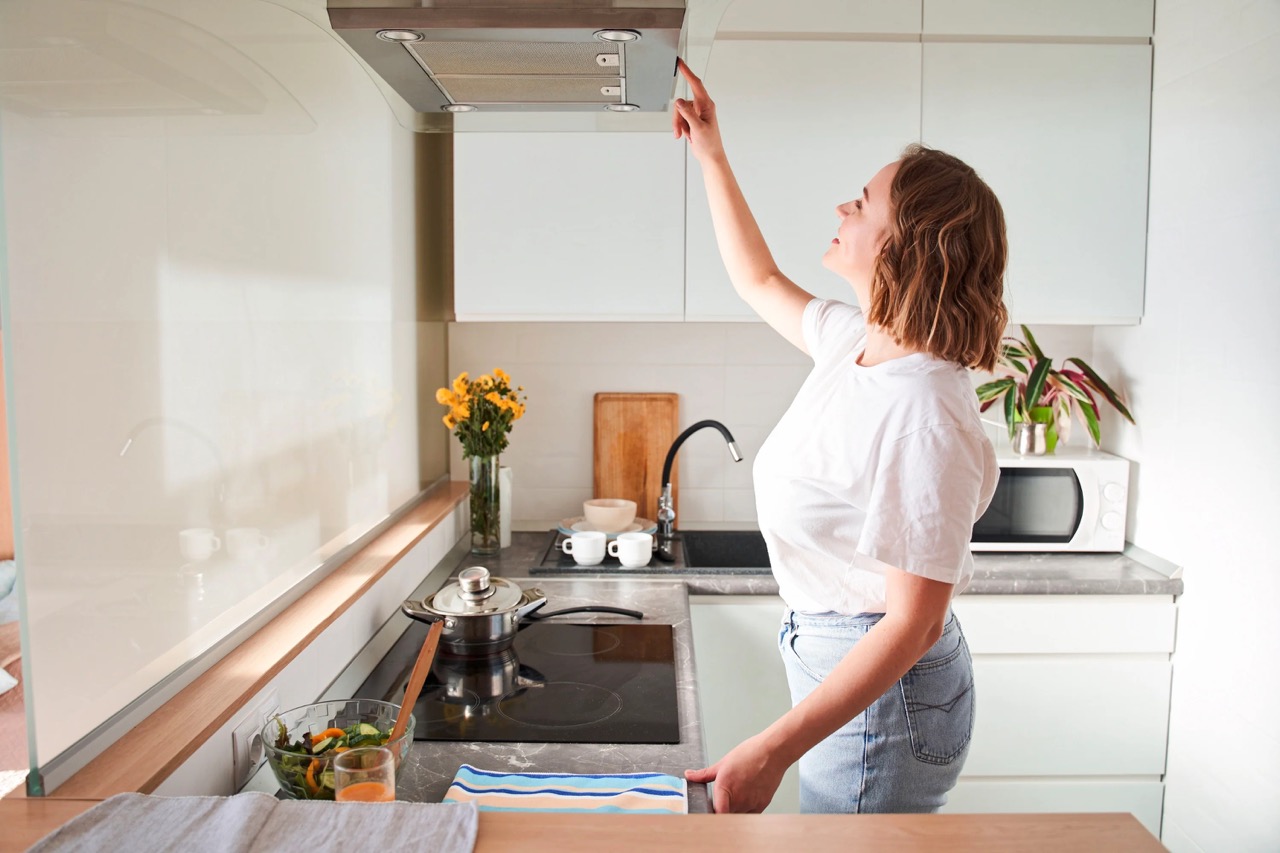
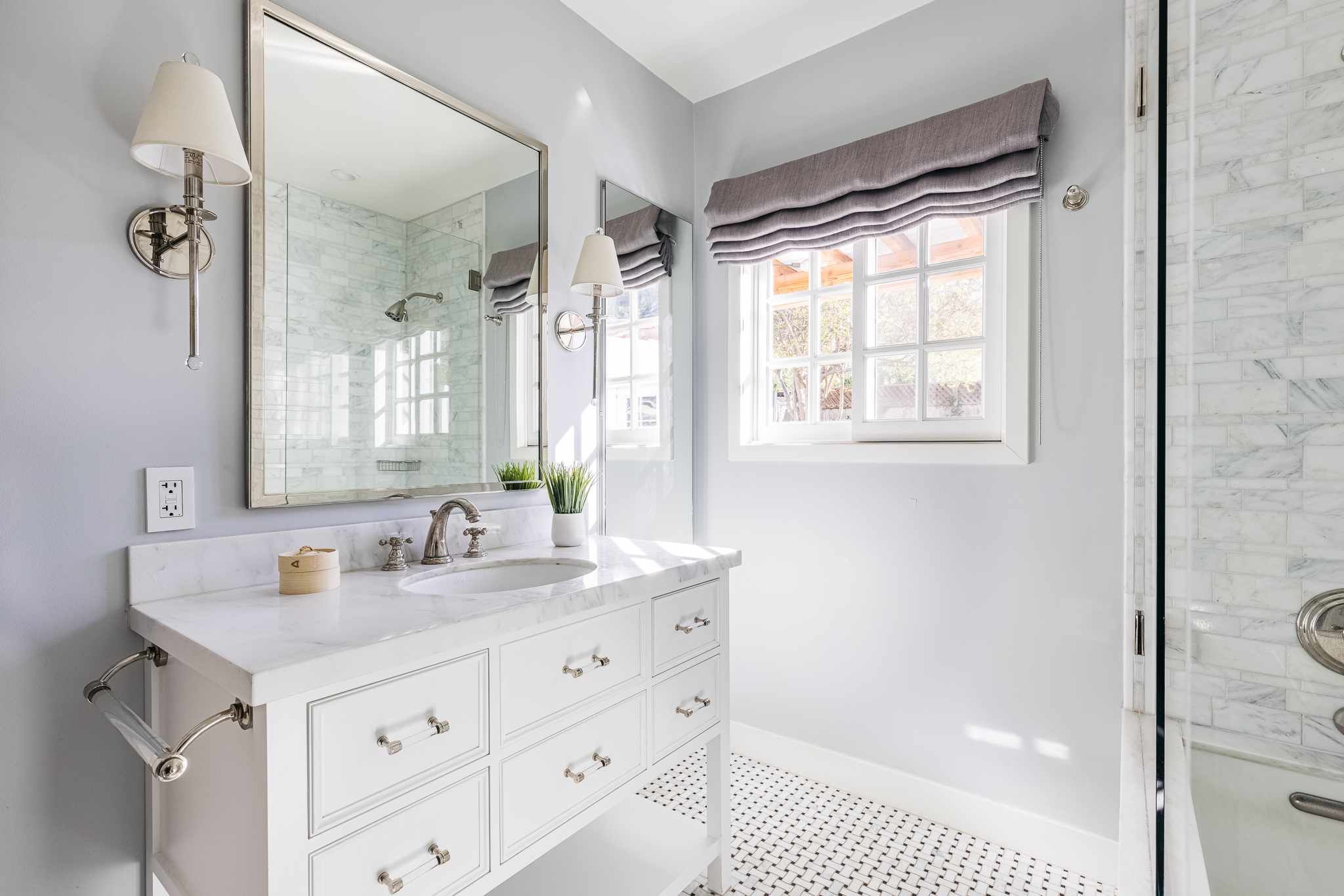
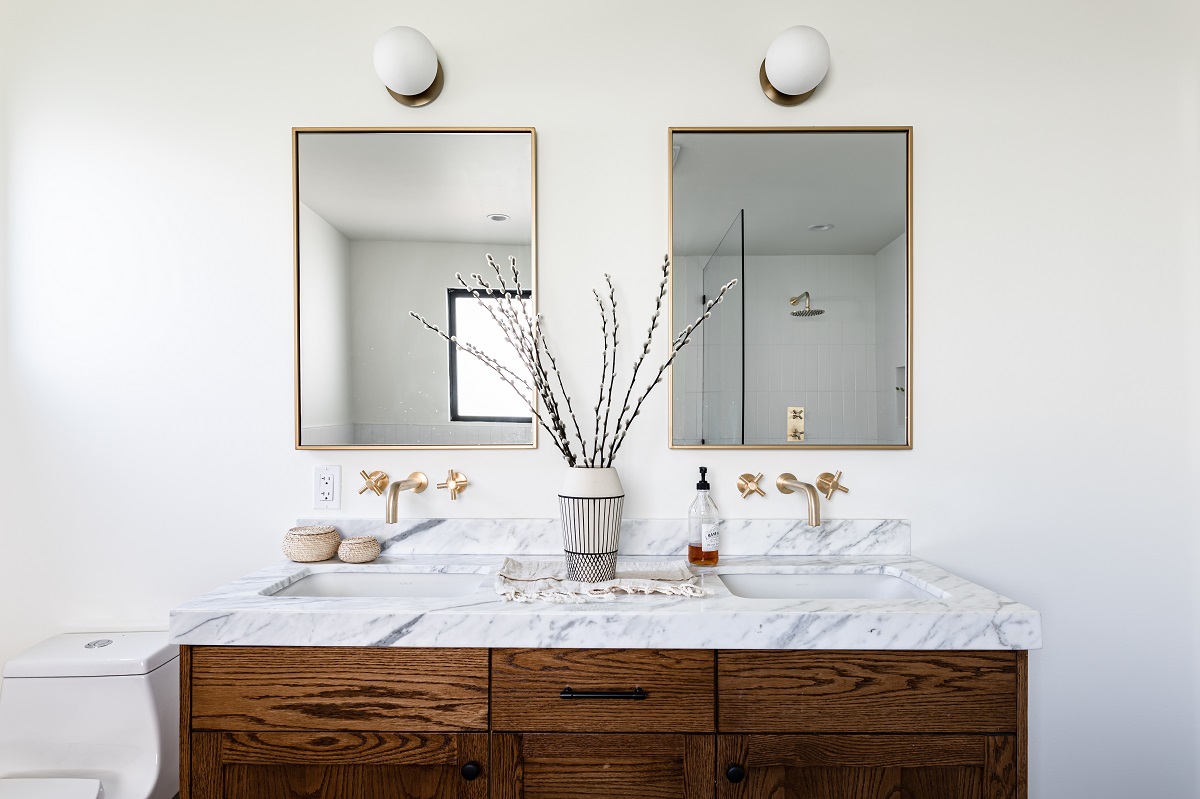
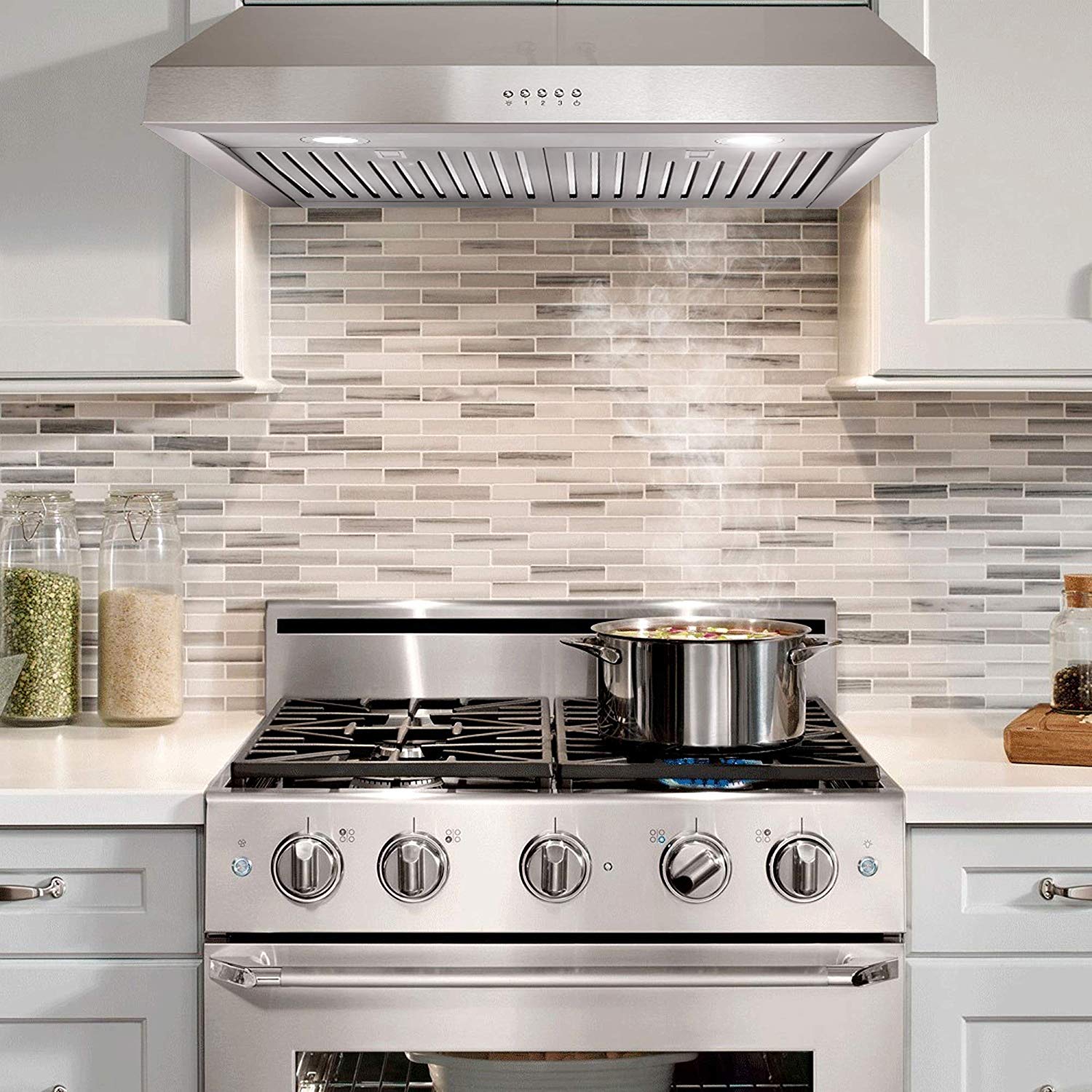
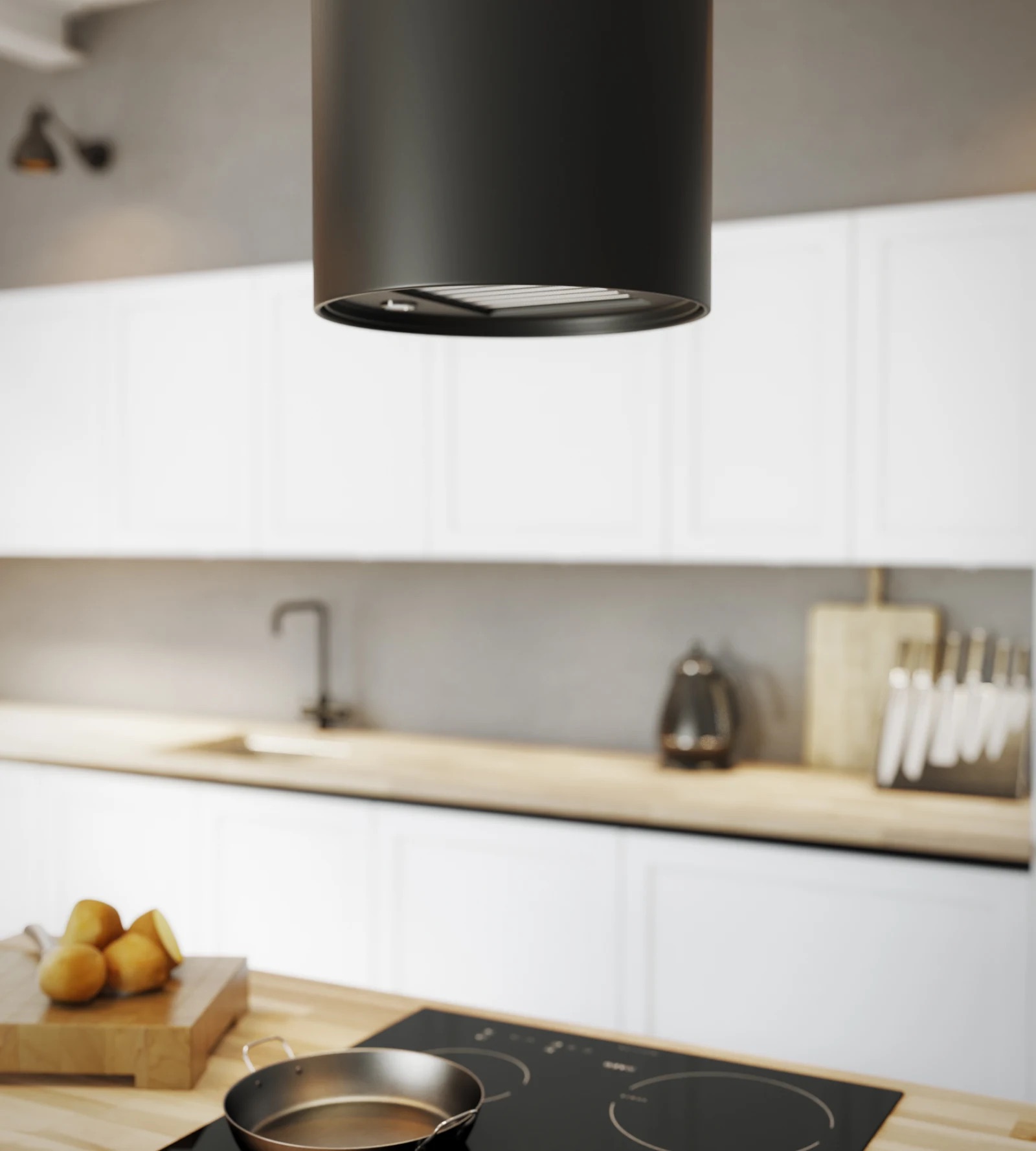
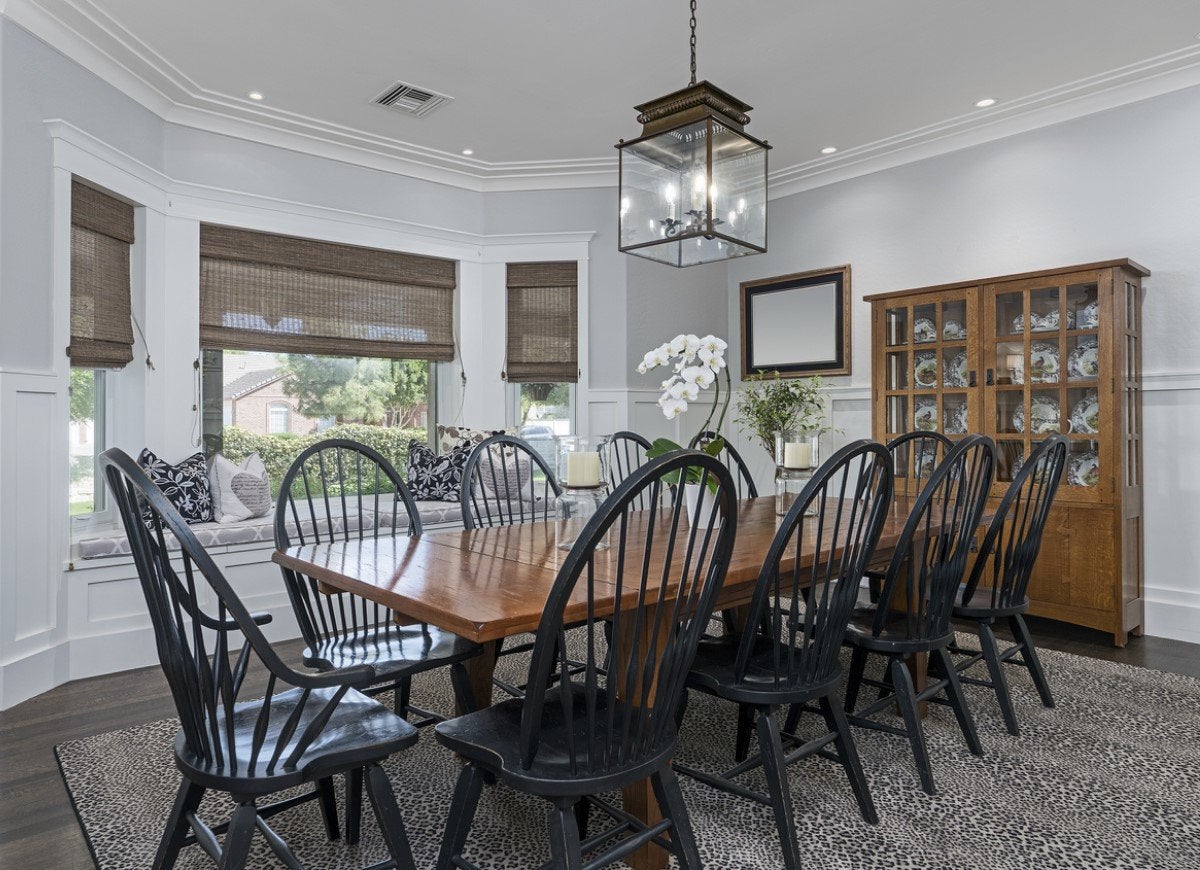
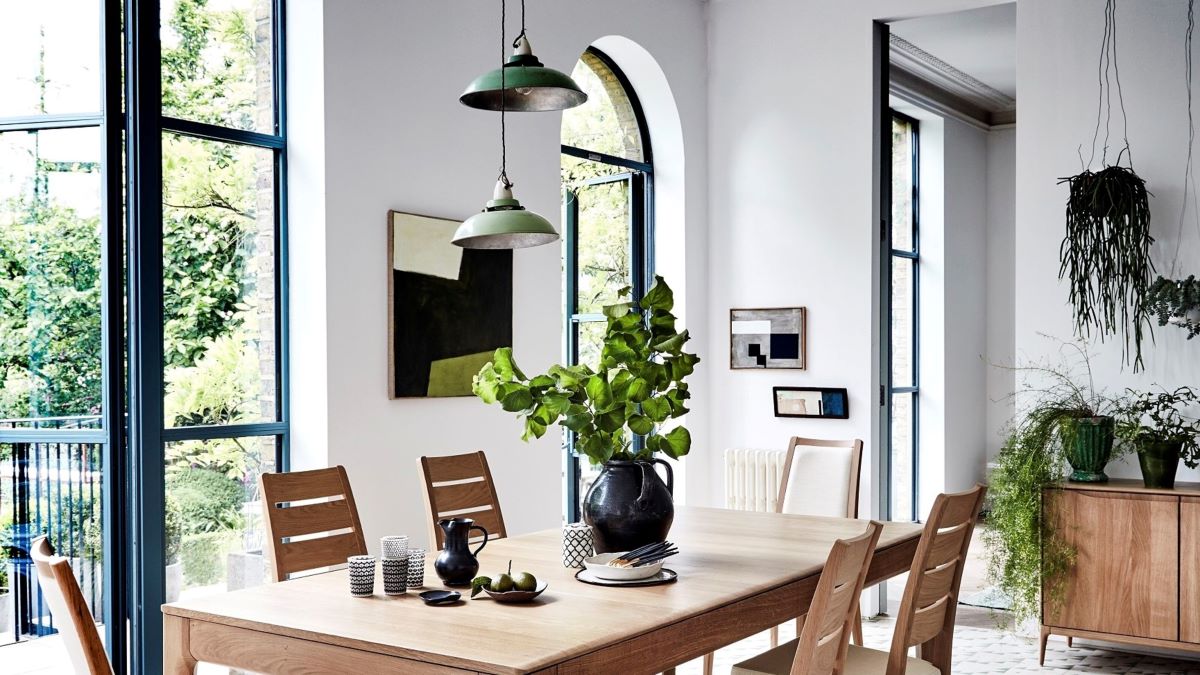

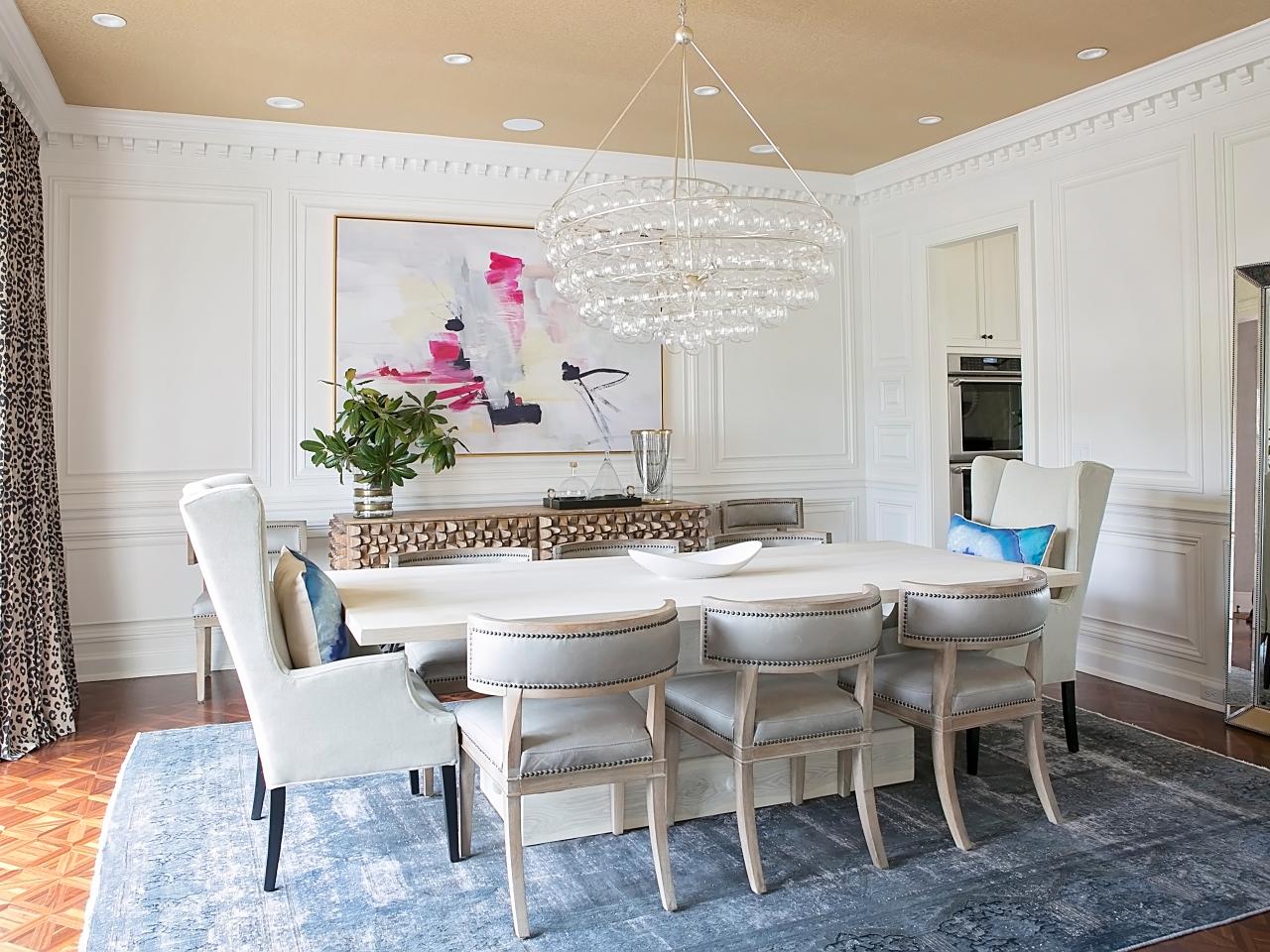

0 thoughts on “How High Should Range Hood Be Above Stove”